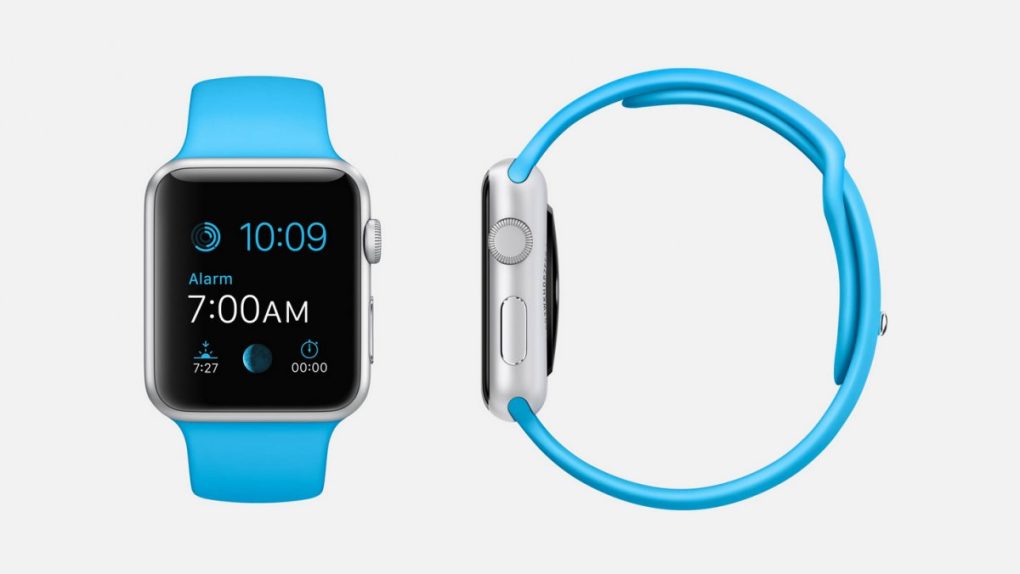Once Apple is able to ramp up production and get Apple Watch supply to keep up with demand, it’ll be interesting to see a) how many units Apple is able to sell every quarter and b) how much the Apple Watch adds to Apple’s bottom line.
While we won’t have solid answers to those questions until July (when Apple releases its Q3 earnings report), some analysts are already projecting first year sales in the 20 million unit range. Not everyone, though, has been quick to jump on the Apple Watch bandwagon.
DON’T MISS: iPhone 6 is a huge problem for Android
With the Apple Watch now on the market for almost two weeks now, a number of observers have taken the position that the benefits offered by the Apple Watch don’t justify the device’s $349 starting price. While the full utility of the Apple Watch remains to be seen, I contend that the success or failure of the Apple Watch will have nothing to do with its price.
Truth be told, pundits and analysts have for years on end exclaimed that Apple’s prices were too high. And yet, every single year, for well over a decade at this point, Apple has sold hundreds of millions of products at prices that are typically higher than the competition.
$349 for the base level Apple Watch Sport is a lot of money, to be sure. And $999 for the 42mm Stainless Steel Apple Watch Link Bracelet is about a week’s worth of salary for most Americans. But Apple’s pricing on the Apple Watch can’t be looked at in a vacuum. Indeed, if we take a step back and look at Apple Watch pricing in the broader context of similar products and other luxury items, there’s nothing at all unique about the pricing matrix Apple came up with for its new wearable.
For starters, the Apple Watch is cheaper than the first few iterations of the iPod. To wit, Apple’s 2002 second-gen iPod was priced at $499, the equivalent of $648 in 2015. And as we all know, Apple certainly had no problem at all selling iPods by the tens of millions.
People curiously tend to forget that Apple’s entire business model is predicated on selling premium products at premium prices. Hardly a new strategy, Apple has successfully implemented this business model to unprecedented financial success, to the tune of $194 billion in the bank per Apple’s most recent earnings report.
Apple products have always been expensive, but they’ve never been so expensive as to make them abject failures.
When one looks around at other wearables on the market, the Apple Watch doesn’t seem to be exorbitantly priced.
The Pebble Steel was initially released at $199. Was anyone saying that was too expensive? You can pick up a Samsung Gear S smartwatch from Best Buy for $329. Meanwhile, the new LG Watch Urbane retails for $350. Funny enough, when those products were introduced, most of the analysis and subsequent reviews focused on features, not price.
So sure, the base level Apple Watch models are more expensive than the competition, but not outlandishly so.
Whether or not one agrees with Apple’s pricing is wholly irrelevant because the underlying result is always the same — millions of excited consumers across the globe continue to snatch up Apple products faster than Apple can produce them.
Remember when Apple supposedly needed to deliver a cheap netbook to survive? Remember when the $329 price point on the iPad Mini was deemed too expensive?
As for the pricier Apple Watch models, it’s worth pointing out that the watch industry is a multi-billion dollar industry ($60 billion worth of sales in 2013 alone) with no shortage of manufacturers making money hand over fist selling multi-thousand dollar timepieces. Indeed, some watches from the likes of Patek Philippe can easily make even the $17,000 Apple Watch Edition seem cheap by comparison.
All in all, the notion that the Apple Watch is too expensive is laughable no matter how you look at it. Relative to other smartwatches, the Apple Watch premium is actually less than the premium Apple tacks on to its other products. And relative to other offerings within the watch industry, the Apple Watch pricing matrix is not nearly as jaw-droppingly high as some critics would have you believe.




